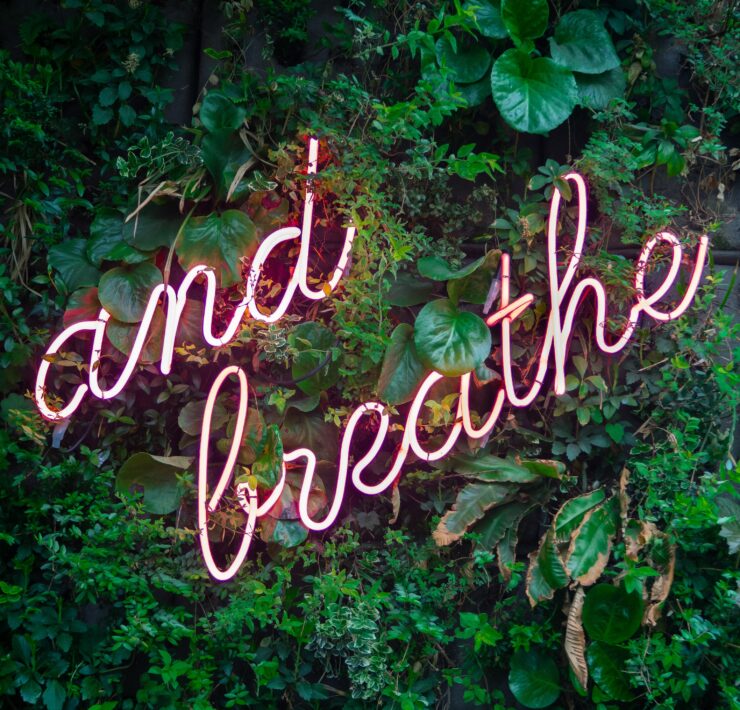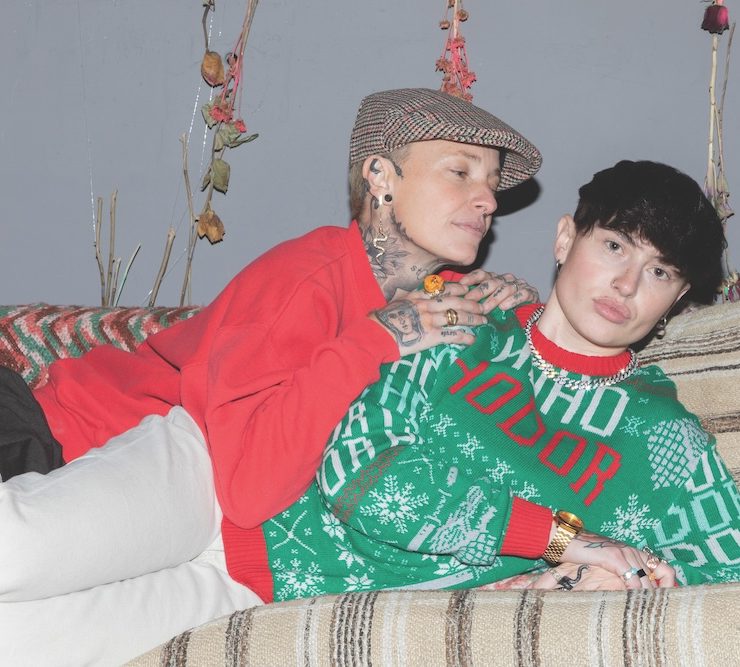An expanding gender conversation

Two years ago, our March 2012 cover story on trans issues helped open our eyes to how diverse — and often oversimplified — trans identities can be, told through the stories of three local people self-identifying as trans: Kelly Shortandqueer, Dylan Scholinksi and Victoria Mykels-Sexton.
It was the first time many of us who were on staff at the time learned how it can do trans people a disservice when we explain being trans as “being trapped in the wrong body” or as someone who “became a man/woman” at a certain age, or by reducing trans identity to hormones/surgery. Since those are the main ways that the media have depicted the trans community, even a well-intended and well-read person might still have misconceptions.
Since our 2012 effort to get Out Front up to date, the “mainstream” national conversation has been catching up. Some of the same issues we touched on in our 2012 cover story appeared this year in very public conversations between trans actress/activist Laverne Cox and TV journalist Katie Couric, and between trans writer/activist Janet Mock and CNN program host Piers Morgan.
We’ve begun to see, for the first time, mainstream journalists who call themselves supporters of trans rights being educated in front of big audiences on what they still have to learn. Those can be difficult conversations — trans people already have a lot at stake, and are forced to respond to assumptions or awkward questions while millions of viewers are making their own judgments. I can only imagine the dilemma of trying to decide whether to correct the record or to let misinformation slide, when people tend to react so poorly to being corrected, yet the misinformation is harmful.
But these are also incredibly important conversations to have.
To allies: Nobody likes to hear they just spoke with prejudice or unwittingly hurt or angered someone, but we can’t call ourselves allies to any community unless we’re willing to embrace those moments and listen respectfully. There’s no point at which you “know enough” and can stop listening to new critiques, stories and concerns.
In light of developments of the last few years, we caught up with the same three sources from the 2012 story for the cover story in this issue.
One of the sources, then going by Victoria Mykels-Sexton, is now Tony Perry — now presenting and identifying as male. There was a thought that it might be perceived controversial for a person to transition as a trans woman, and later transition back to male. But it’s far from unheard of, and I think Tony’s story furthers the idea that there are many different experiences and stories by which people explore and own their gender identity. No two stories are alike.
In conversations with this cover story’s writer, Michael Kipp — who I’m happy to introduce as a first-time writer for Out Front — I also learned while many trans people see themselves as gender-fluid or existing between genders, there are also many who have transitioned but see themselves simply as a man or a woman, and don’t affiliate closely with the term “transgender” at all.
So perhaps the most important thing any of us can do for trans causes is to give trans people control of their own conversations. We can give any person, trans-identified or not, control of their own personal gender expression. And if we’re in positions of influence, which any of us are to some extent, we can strive to be models of how to offer that respect — of how to never punish or marginalize a trans person or ally for speaking up or trying to educate us — and to realize that there’s always something more to learn.
What's Your Reaction?
Stuff Gay People Like is a recurring column by Matthew Pizzuti. Contact Stuff Gay People Like at stuffgayslike@gmail.com or check out Stuff Gay People Like on Facebook.










